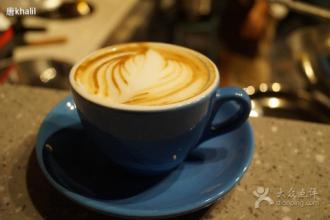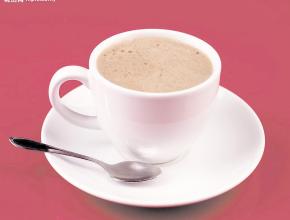Flavor description of moderately roasted and deep-roasted coffee beans
Flavor description of moderately roasted and deep-roasted coffee beans
I think the debate between deep roasting and light roasting will last forever, because the choice of roasting degree of coffee marks the roaster's understanding of the flavor of coffee. Uncle Dou personally believes that deep roasting and light roasting do not need and should not be unified across the board. Roasters have a variety of understandings of coffee, even if they belong to the same shallow roasters, their roasting degree and curve are also different.
However, as a roaster, the choice of coffee roasting degree should not only proceed from the roaster's personal interests and hobbies, but also from the needs of the audience, so there is a reason for shallow baking and a reason for deep roasting. There is no difference between the two. If your guests pursue the taste and the local characteristics of the coffee origin, then light baking can make your customers more clearly aware of what they need. On the contrary, if your guests prefer round, mellow and sweet coffee, then medium or even deep roasting is more appropriate. But Uncle Dou wants to say a word for the roasters who roast coffee deeply. Many roasters with light roasting style think that when coffee is roasted deeply, there is no other flavor except bitterness in the coffee, and the flavor of coffee is lost in deep roasting. This statement is not objective. A roaster who is good at deep roasting coffee, not only is there no burning smell in his coffee, but the guests can also feel the flavor of the coffee. In other words, he will only bake coffee to black oil, and the smell of smoke and coke is extremely strong, he is not a baker, but a charcoal burner.
Next, the temperature rises from 205 °to about 220 °, the color of the coffee changes from light brown to medium brown, and there is about 15% weightlessness. This chemical process is called high-temperature decomposition, in which the chemical composition of coffee beans changes and releases carbon dioxide. After the first burst, there is a pause, followed by a brief endothermic process, followed by a chemical reaction, followed by an exothermic process known as the second burst. The second high temperature decomposition occurs at 225 °and the color changes to a moderate black-brown color.
The second burst is faster, and the coffee beans show an oily luster and become fragile, and at this stage, its ingredients begin to carbonize, resulting in charred properties. The smell of coffee can be smelled before the first burst. The first burst reflects the physical stretch of coffee and the chemical reactions of the compounds associated with it, such as the formation of water and the release of carbon dioxide. When the temperature reaches its peak, a second burst occurs, when the cellulose, matrix and coffee beans all begin to break.

Important Notice :
前街咖啡 FrontStreet Coffee has moved to new addredd:
FrontStreet Coffee Address: 315,Donghua East Road,GuangZhou
Tel:020 38364473
- Prev

The best time to grind coffee beans which is the best brand
The best time to grind coffee beans, which brand is good for grinding beans, the size of the powder depends on the way it is cooked. Generally speaking, the shorter the cooking time, the finer the ground powder; the longer the cooking time, the thicker the ground powder. In the way of actual cooking, it takes a very short time for ESPRESSO machine to make coffee, so it is the finest to grind coffee.
- Next

What are the coffee producing areas in Africa-the characteristics of coffee beans in three producing areas
What are the coffee producing areas in Africa-the characteristics of coffee beans in the three regions used to be the second largest coffee producer only to Brazil, but Colombia, which has been overtaken by Vietnam to be the third largest supplier of washed beans in the world, has become synonymous with good coffee after years of image building. Although the flavor is balanced, thick, and has a famous sour taste, fragrance
Related
- Guji coffee producing area of Guji, Ethiopia: Humbela, Shakiso, Wulaga
- What is the most expensive variety of Qiloso in BOP multi-variety group?
- How to store the coffee beans bought home?
- Why are Yemeni coffee beans so rare now?
- Ethiopian Sidamo all Red Fruit Sun Sun Santa Vini Coffee beans
- SOE is mostly sour? What does it mean? Is it a single bean? what's the difference between it and Italian blending?
- Is Italian coffee beans suitable for making hand-brewed coffee?
- How to choose coffee beans when making cold coffee? What kind of coffee beans are suitable for making cold coffee?
- Just entered the pit to make coffee, what kind of coffee beans should be chosen?
- Can only Japan buy real Blue Mountain Coffee? What are authentic Jamaican Blue Mountain coffee beans?

